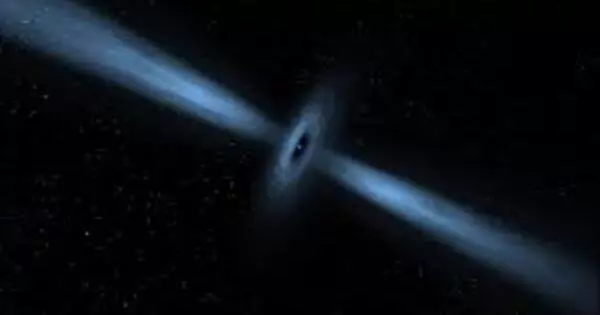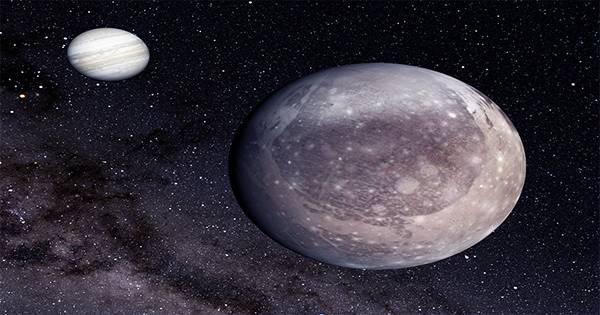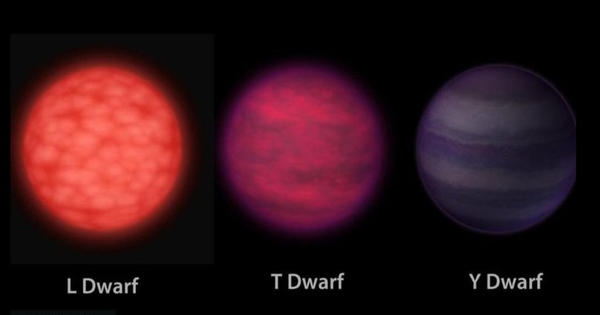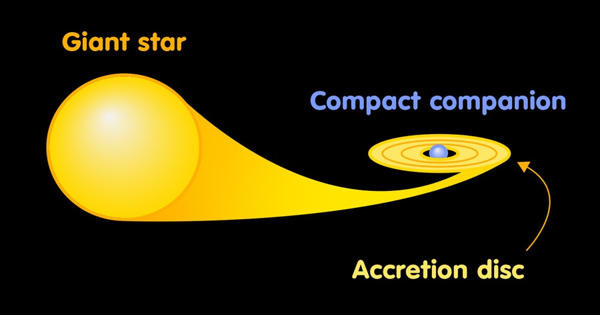PSR B1257+12, also known as PSR J1300+1240, is a millisecond pulsar located 2,300 light-years from the Sun in the constellation Virgo, rotating at approximately 161 times per second (faster than a blender’s blade). It is also known as Lich, after a powerful fictional undead creature of the same name.
The pulsar has a planetary system with three known planets: “Draugr” (PSR B1257+12 b or PSR B1257+12 A), “Poltergeist” (PSR B1257+12 c, or PSR B1257+12 B), and “Phobetor” (PSR B1257+12 d, or PSR B1257+12 C). They were the first extrasolar planets and the first pulsar planets to be discovered; B and C in 1992 and A in 1994. A is the lowest-mass planet yet discovered by any observational technique, with somewhat less than twice the mass of Earth’s moon.
Discovery
PSR B1257+12 was discovered on February 9, 1990, by Polish astronomer Aleksander Wolszczan using the Arecibo radio telescope. It is a millisecond pulsar, a type of neutron star, with a rotation period of 6.22 milliseconds (9,650 rpm), and was discovered to have pulsation period anomalies, which prompted investigations into the cause of the irregular pulses. Wolszczan and Dale Frail published a seminal paper on the first confirmed discovery of planets beyond our solar system in 1992. In 1994, another planet was discovered orbiting this pulsar using refined methods.
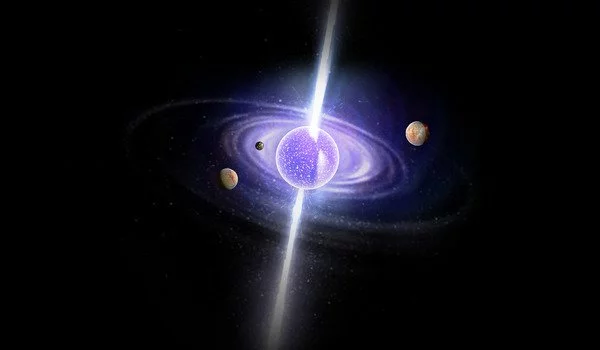
Characteristics
The pulsar’s mass is estimated to be 1.4 M, which is typical for most neutron stars and pulsars. The radius is estimated to be around 10 kilometers (~0.000015 R☉), which is similar to the radius of pulsars and neutron stars. With a surface temperature of up to 28,856 K, the pulsar is extremely hot. A white dwarf merger formed the pulsar one to three billion years ago, with two white dwarfs colliding and collapsing to form a rapidly spinning pulsar.
The discovery sparked a search for planets orbiting other pulsars, but it turned out that such planets are uncommon; only five other pulsar planets have been confirmed, orbiting PSR B162026, PSR B0943+10, PSR B0329+54, and PSR J1719−1438.
Nomenclature
The letters PSR (Pulsating Source of Radio) were used to designate pulsars, which were then followed by the pulsar’s right ascension and degrees of declination. The older numbers are now prefixed with a B, indicating that they are for the 1950.0 epoch. All new pulsars have a J indicating coordinates in the year 2000.0, as well as declination including minutes. Pulsars discovered before 1993 typically keep their B names rather than using their J names, but all pulsars have a J name that provides more precise coordinates of their location in the sky.
The planets were named PSR 1257+12 A, B, and C in order of increasing distance when they were discovered. They were discovered before the convention of naming extrasolar planets with the star’s name followed by lower-case Roman letters beginning with “b,” in order of discovery, was established. However, they are listed in astronomical databases such as SIMBAD and the Extrasolar Planets Encyclopaedia using the latter convention, with A becoming b, B becoming c, and C becoming d.
